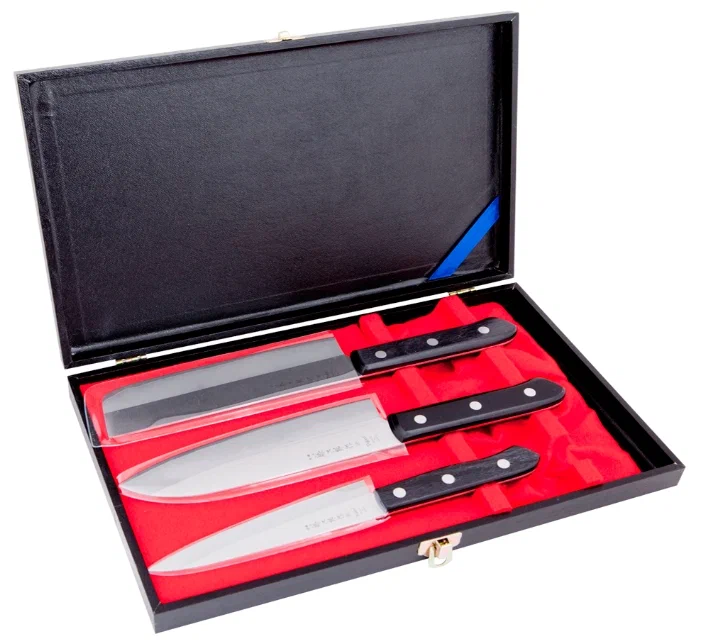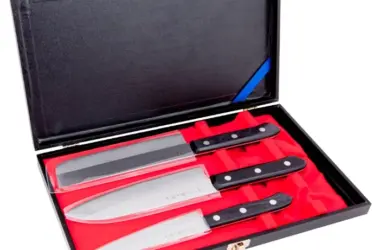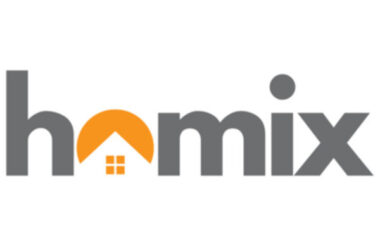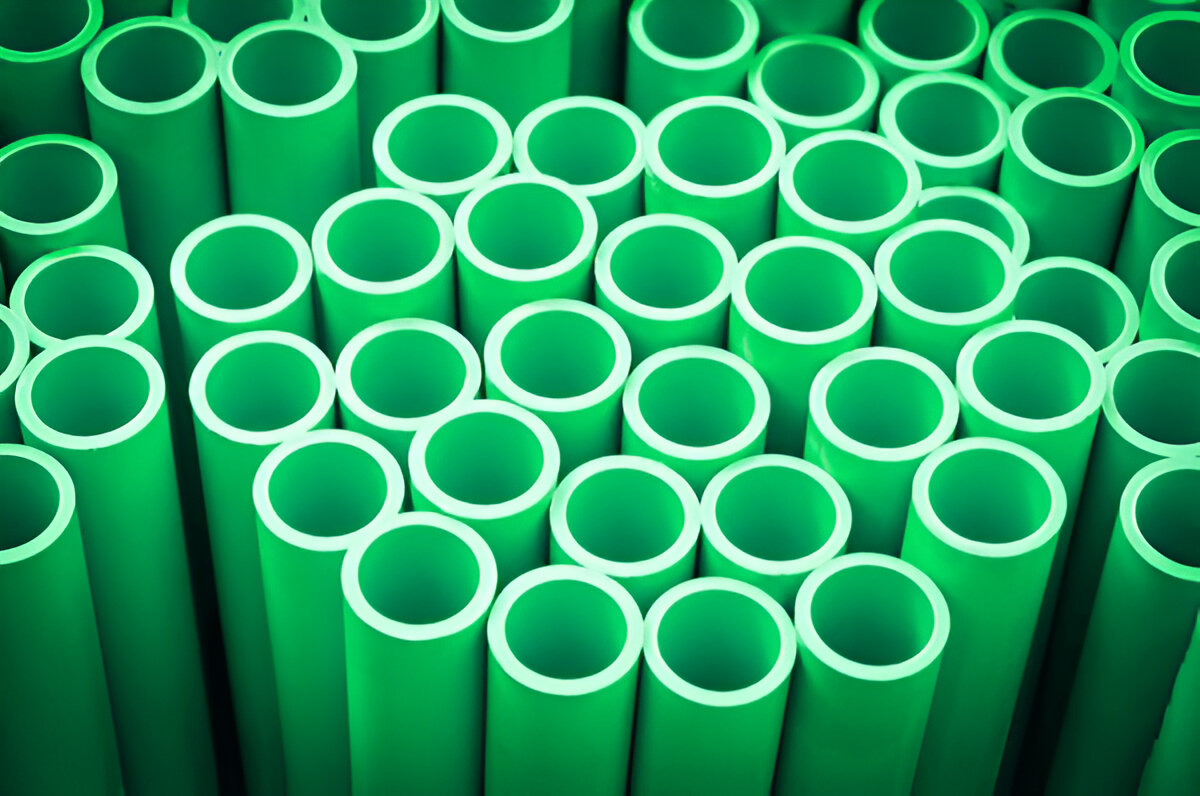I. Introduction: The Evolution of Plumbing Materials
Plumbing systems form the lifeline of any building, whether residential, commercial, or industrial. For decades, metal pipes such as copper, galvanized iron, and steel were the dominant choices for water supply and drainage networks. These materials provided structural strength and temperature resistance, but as building demands evolved, their limitations became increasingly apparent. The rise of polymer-based piping materials—particularly PPRC pipes—marked a major shift in modern plumbing technology.
Polypropylene Random Copolymer (PPRC) pipes represent a leap forward in efficiency, hygiene, and sustainability. Unlike metal systems prone to corrosion and rust, these pipes are non-reactive, long-lasting, and cost-effective. In Pakistan and around the world, engineers, contractors, and infrastructure professionals now favor PPRC piping for both residential and large-scale industrial applications.
As modern infrastructure emphasizes energy efficiency, longevity, and safety, comparing PPRC pipes with traditional metal plumbing highlights why polymer-based systems have become the standard for the 21st century.
II. Understanding PPRC Pipes: The Modern Plumbing Standard
PPRC pipes, or Polypropylene Random Copolymer pipes, are manufactured from a specialized thermoplastic material known for its strength, flexibility, and resistance to heat and chemicals. These pipes are engineered under strict quality standards, often meeting ASTM and ISO certifications for potable water systems.
The design of PPRC pipes makes them ideal for a variety of applications, including hot and cold water distribution, HVAC systems, and industrial liquid transport. Their non-toxic, lead-free composition ensures safe drinking water, preventing any contamination caused by metal leaching—a common issue in metallic plumbing systems.
One of the main reasons PPRC pipes in Pakistan have gained popularity is their ability to withstand both extreme temperatures and pressure conditions, a critical requirement in high-demand systems. Moreover, their lightweight nature simplifies installation, reducing labor costs and project timelines.
Environmentally, PPRC systems are a sustainable alternative. The manufacturing process consumes less energy than that of metal pipes, and the material itself is recyclable. For developers and builders pursuing green certifications, PPRC pipes and fittings contribute positively to sustainability ratings and long-term environmental performance.
III. Traditional Metal Plumbing Systems: Strengths and Limitations
Metal pipes have a long history of use in construction, known for their mechanical strength and ability to handle high-pressure systems. Galvanized iron, copper, and stainless steel were once considered the backbone of plumbing networks. However, as technology and environmental awareness advanced, the weaknesses of these systems became evident.
Galvanized iron pipes, for instance, corrode over time, leading to rust accumulation that contaminates water and reduces flow efficiency. Copper pipes, though resistant to corrosion, are expensive and prone to pitting and leaks in acidic water environments. Stainless steel provides durability but comes at a high cost and requires complex installation methods such as threading or soldering.
In addition, the environmental cost of producing metal pipes is significant. Mining and refining metals are energy-intensive and contribute heavily to carbon emissions. Maintenance is another challenge—metal systems often demand frequent inspections, anti-corrosion treatments, or full replacements after a few decades.
In contrast, PPRC pipes provide similar or superior strength while eliminating the risks of rust, scaling, and water contamination, making them a preferred option in both new construction and retrofitting projects.
IV. PPRC vs. Metal: Head-to-Head Comparison
Durability and Lifespan
Durability remains one of the most critical aspects when evaluating piping systems. PPRC pipes offer outstanding resilience against corrosion, scaling, and chemical exposure. Unlike metal pipes that oxidize over time, PPRC retains its structural integrity even after decades of continuous operation. Studies show that well-installed PPRC systems can last over 50 years, while traditional metal pipes often begin to deteriorate after 20–30 years due to rust and wear.
Moreover, PPRC systems are unaffected by mineral buildup or acidic water conditions, both of which commonly degrade metal networks. This long-term reliability significantly reduces the need for costly replacements or maintenance interventions.
Installation and Maintenance
Metal pipe installation typically requires threading, soldering, or welding—processes that are time-consuming, labor-intensive, and prone to leaks if not executed perfectly. In contrast, PPRC pipes utilize a heat fusion welding method that creates a seamless, leak-proof joint. This not only ensures superior system integrity but also speeds up installation by up to 40%.
Maintenance needs for PPRC systems are minimal. Once installed, they require little attention aside from periodic inspections. The risk of joint failure or leakage is significantly reduced compared to traditional metal systems.
Cost Efficiency and Availability
Cost is a major deciding factor in any construction project. When comparing PPRC pipes and fittings price in Pakistan with metal alternatives, the difference is notable. PPRC systems are considerably more affordable in both initial purchase and long-term operation. The lighter weight reduces transportation expenses, while simpler installation minimizes labor costs.
With local production facilities expanding, PPRC pipes in Pakistan are now easily available in multiple diameters and pressure classes, further lowering supply chain costs and ensuring project continuity without delays.
Water Quality and Safety
Metal pipes are susceptible to corrosion, which can release harmful metallic elements into the water supply, affecting both taste and safety. PPRC systems eliminate this risk entirely due to their non-reactive nature. Their smooth internal surface also prevents microbial buildup, ensuring clean, odor-free water distribution.
For hospitals, schools, and residential buildings, this makes PPRC pipes and fittings an ideal choice for maintaining safe and hygienic water systems.
Environmental Sustainability
Sustainability is now central to construction standards worldwide. PPRC pipes are energy-efficient to produce, require less water during manufacturing, and are recyclable at the end of their lifecycle. Metal pipes, on the other hand, consume more energy in production and contribute to environmental degradation through mining and waste.
Green-certified projects in Pakistan increasingly adopt PPRC systems for their lower carbon footprint, aligning with the nation’s shift toward sustainable infrastructure.
V. Practical Applications in Modern Infrastructure
The versatility of PPRC pipes allows them to serve across multiple industries. In residential settings, they deliver reliable performance for hot and cold water supply, kitchen pipelines, and bathroom plumbing. In commercial buildings, they are widely used for HVAC networks and chilled water circulation.
Industrial applications are even broader. PPRC’s chemical resistance makes it suitable for transporting non-corrosive fluids in manufacturing and processing plants. It is also increasingly adopted in food and beverage facilities where hygiene is non-negotiable.
In Pakistan, leading developers are replacing outdated metal systems with PPRC pipes to enhance building efficiency. For example, several high-rise residential projects in Karachi and Lahore have reported fewer maintenance issues and lower operational costs after switching to PPRC-based networks.
VI. Key Considerations for Transitioning from Metal to PPRC
Switching from metal to PPRC systems requires thoughtful planning to ensure performance and compliance with building standards. The design phase must account for the system’s temperature and pressure conditions to select the appropriate pipe class and size.
Proper installation is equally critical. Heat fusion welding should be performed by trained technicians to maintain joint integrity and prevent leaks. Oversized or undersized pipes can create system inefficiencies, so engineering precision is essential.
Developers should also source from certified manufacturers to ensure that the pprc pipes and fittings meet international quality benchmarks. Training plumbers and contractors on handling PPRC systems ensures that the full advantages of this modern technology are realized across the lifecycle of the installation.
VII. Common Misconceptions About PPRC Pipes
Despite their growing popularity, several misconceptions persist around PPRC pipes. Some believe that polymer pipes cannot handle high temperatures, yet PPRC systems can withstand up to 95°C, making them ideal for hot water and heating systems.
Another misconception is that plastic pipes are structurally weak compared to metals. However, modern PPRC materials are impact-resistant and designed to handle high-pressure applications without deformation.
Lastly, some assume installation complexity due to fusion technology, but in reality, the process is straightforward and faster than traditional welding. Once fused, the joints become monolithic—essentially forming a single, continuous pipe.
VIII. Cost-Benefit Insight: Why PPRC Is the Smarter Long-Term Choice
From an economic perspective, PPRC pipes deliver one of the highest returns on investment in plumbing infrastructure. The combination of low material costs, faster installation, reduced maintenance, and energy efficiency creates substantial long-term savings.
Over a 30-year period, studies suggest that PPRC systems can reduce overall operational expenses by 30–40% compared to metal alternatives. Additionally, PPRC’s thermal insulation properties help minimize heat loss in hot water systems, improving energy conservation.
With growing awareness of sustainable construction, demand for PPRC pipes in Pakistan continues to rise, driven by their proven performance in commercial and industrial sectors.
IX. FAQs
Q1: What makes PPRC pipes better than metal pipes for drinking water?
PPRC pipes are non-reactive and do not corrode, ensuring clean and safe water. Metal pipes can leach harmful elements, affecting water quality and taste.
Q2: How long do PPRC pipes last compared to metal ones?
While metal systems typically last 20–30 years, PPRC pipes can last over 50 years with minimal maintenance.
Q3: Are PPRC pipes suitable for industrial use?
Yes. They are ideal for high-pressure, high-temperature, and chemical applications due to their robust structure and corrosion resistance.
Q4: What is the average PPRC pipes and fittings price in Pakistan?
Prices vary by diameter and class, but they are significantly more cost-effective than copper or steel pipes over the system’s lifetime.
Q5: Can PPRC pipes handle hot water applications?
Yes, they can safely carry water up to 95°C, making them ideal for hot water supply systems.
X. Conclusion: The Future of Plumbing is Polymer
As construction evolves toward smarter, sustainable systems, PPRC pipes stand out as the future of plumbing. Their combination of durability, safety, and efficiency makes them superior to traditional metal alternatives. For developers, contractors, and engineers seeking reliable and eco-friendly solutions, PPRC pipes and fittings offer unmatched value and performance. By reducing maintenance costs, improving water quality, and supporting sustainability, these pipes are shaping the plumbing systems of tomorrow—stronger, cleaner, and built to last.








